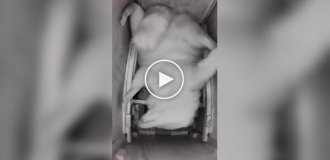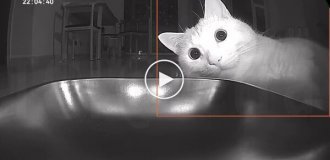Plague doctor mask: why is it so strange and did it save you from the plague (7 photos)
This is what a real plague doctor mask looks like. 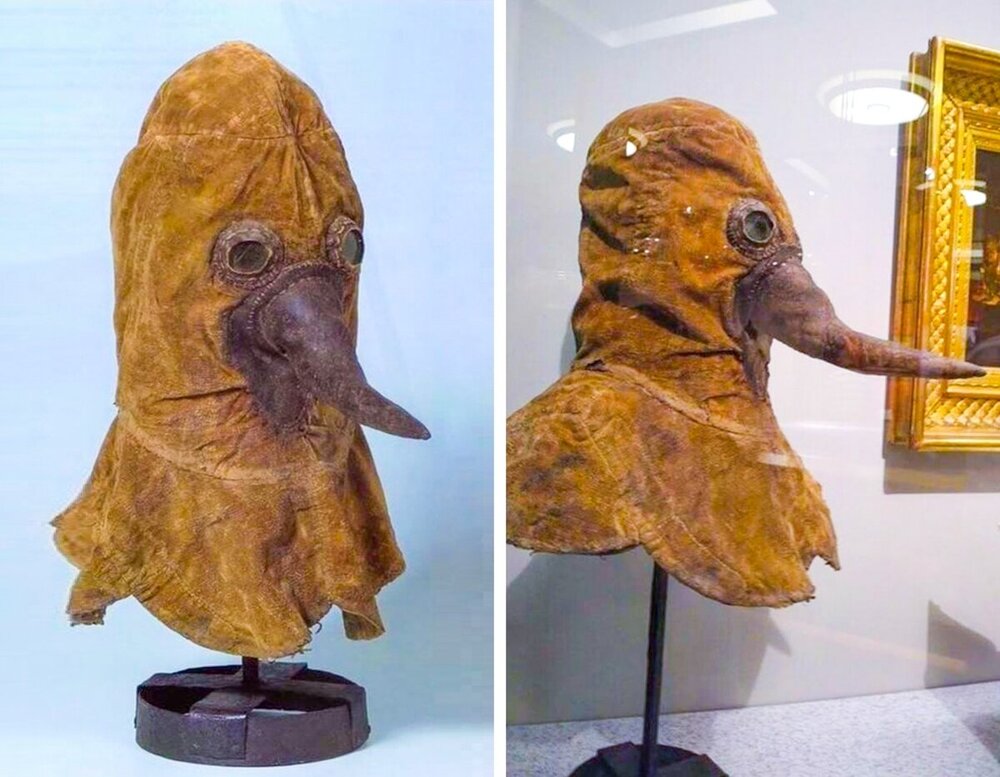
Noticeably different from those beautiful ceremonial masks that we see in movies about the Middle Ages, isn’t it?
This mask is made of velvet, leather and green glass. Located in a museum in Germany. 
The extravagant image of the plague doctor is very popular in modern popular culture.
Why was the mask so oddly shaped?
At that time, the idea of miasms dominated medicine. Back then they thought that diseases spread through smell. They noticed that the sick often emanated a stench. They just confused cause with effect - an unpleasant odor usually occurs after a person gets sick.
Doctors were confident that pleasant aromas would neutralize diseases.
Therefore, medieval people often walked with a flower against their nose, inhaling its aroma. And not at all for romantic reasons, as is commonly believed. 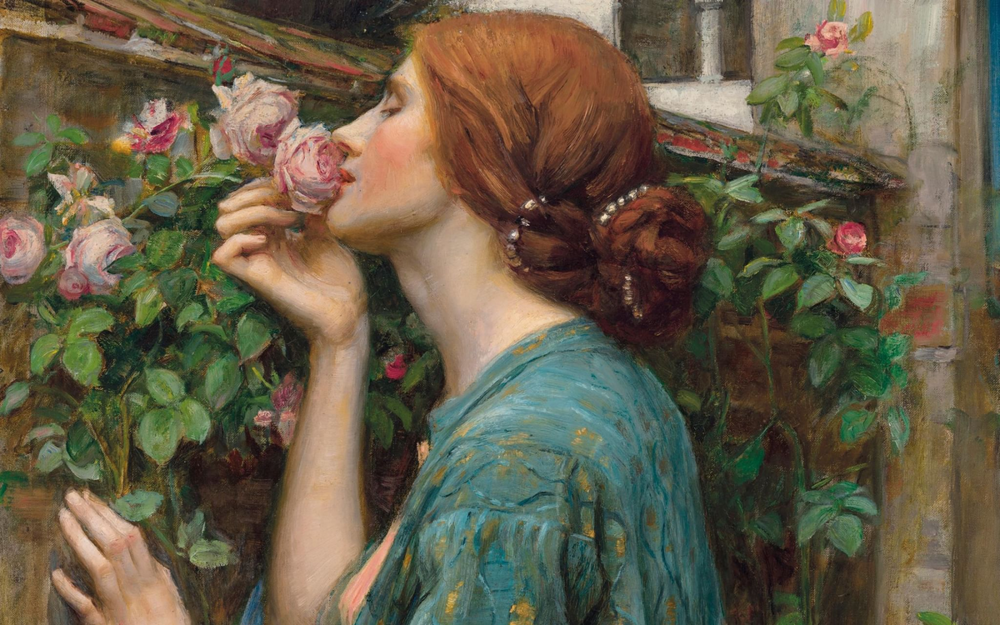
The plague doctor's mask was designed using the same principle. Grass was poured into the “beak”, which filtered the air, eliminating any smell. They believed that medicinal herbs would purify the air and prevent people from contracting the plague.
It’s a paradox, but this often helped. Of course, such a filter will not completely protect against bacteria - they are too small and can make their way through any obstacles. But basic disinfection and reducing the area of contact between the open body and the mucous membrane helped, reducing the risk of infection. 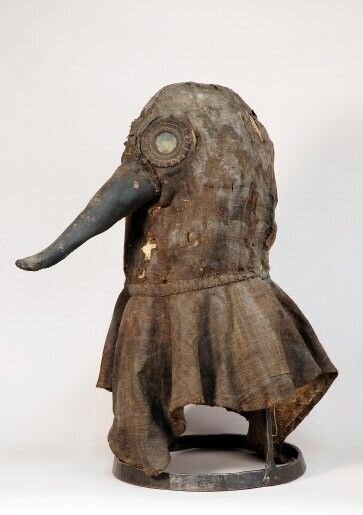
The mask in the title photo was made in the 17th century. Contrary to stereotypes, plague doctors were mainly found not in the deep Middle Ages, but in the Renaissance. The idea of masks that supposedly protect against disease appeared in the 14th century. But it was precisely in the 16th-17th centuries that the peak activity of plague doctors occurred. 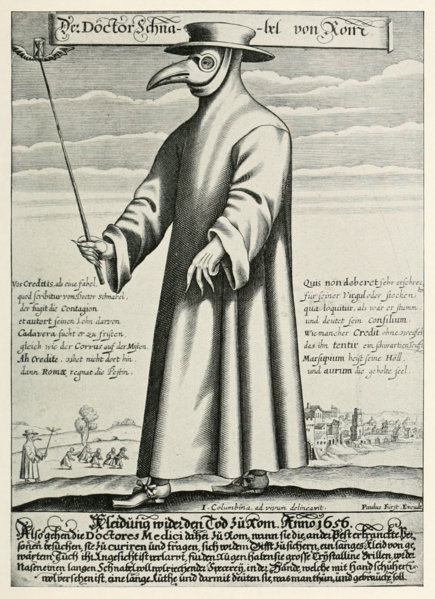
But this costume from an ancient engraving is already closer to modern cinematic images. These are the latest versions - the 17th century. After this, the idea of miasma began to fade away and doctors began to look for other ways to combat diseases.
The first plague doctors appeared in London and Venice. During one of the plague epidemics in Venice, out of 18 plague doctors, only one remained. Five died from the plague, and the rest simply got scared and ran away. 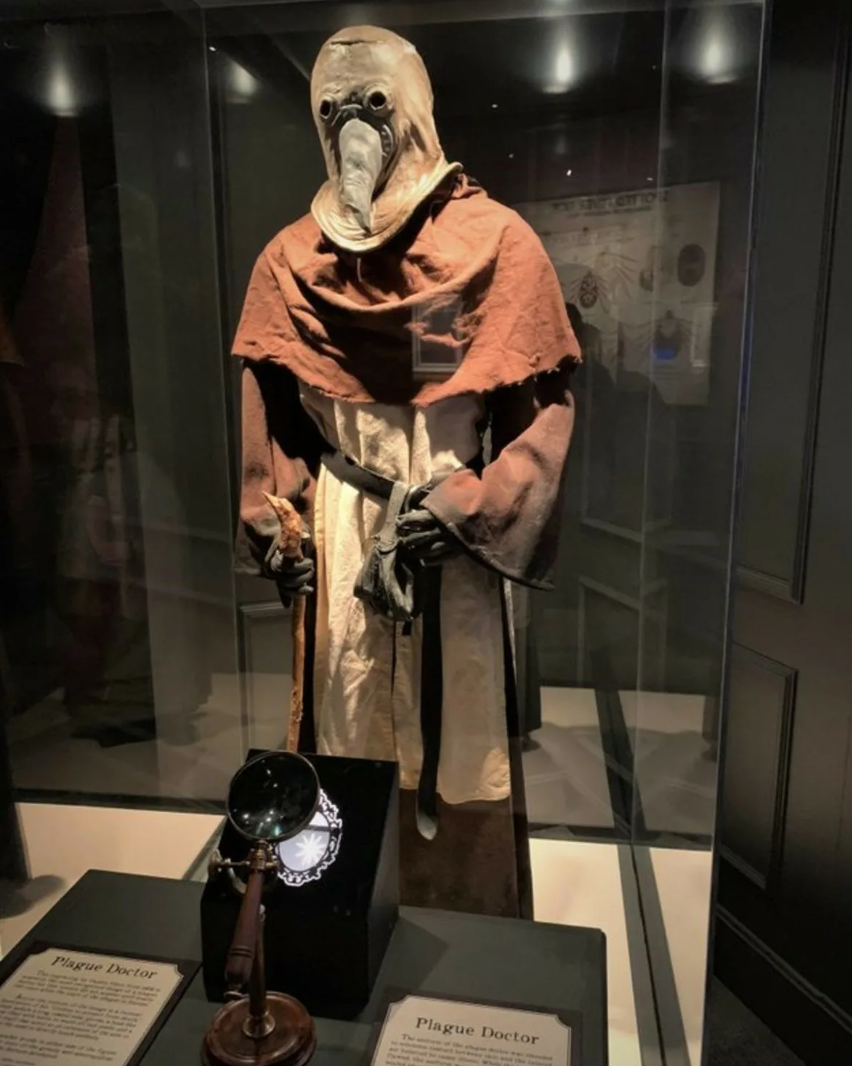
Plague doctors, as a rule, were not experienced doctors. People who entered this profession were either just volunteers from the street, or young doctors who had just started their careers. Serious doctors did not want to get involved with a dangerous disease, not seeing a way to radically defeat it.
They lacked knowledge; on the other hand, they gained experience directly in difficult conditions. 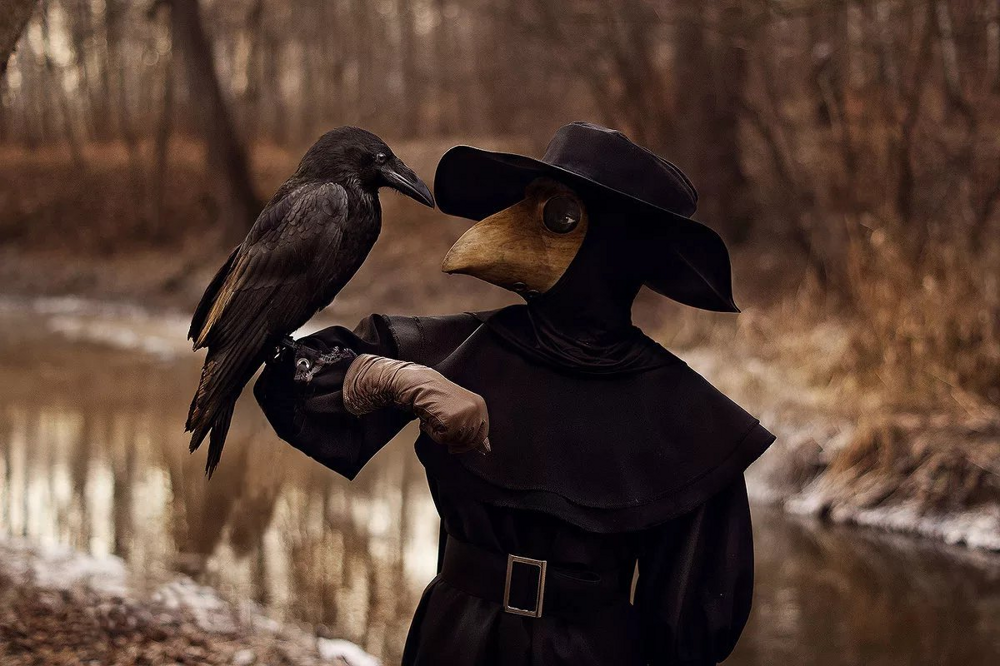
They treated in very extravagant ways: bloodletting, applying leeches to the buboes (external swelling from enlarged lymph nodes, a characteristic sign of plague), massage with frogs, etc.
This treatment helped little. But no one really believed in him. Therefore, the main functionality of plague doctors was different. They kept records of the deceased and also carried out the last will and testament of patients. Because no one else approached the dying. And due to the suit, plague doctors became infected much less often than ordinary people.







